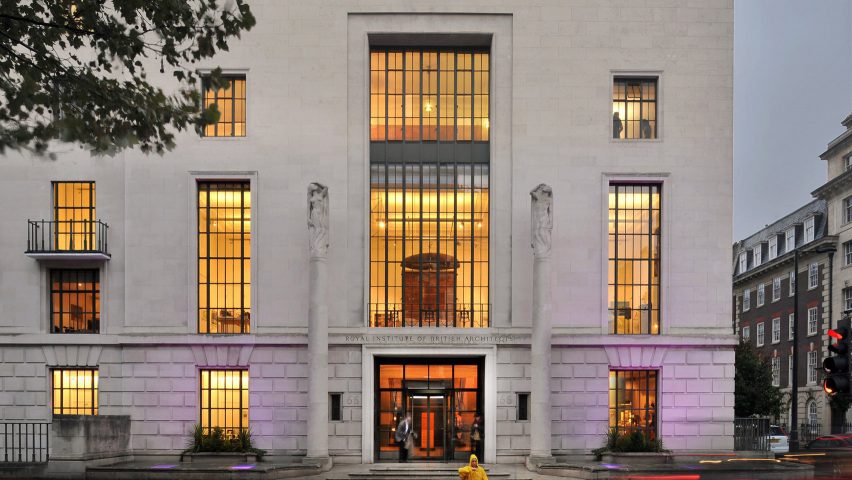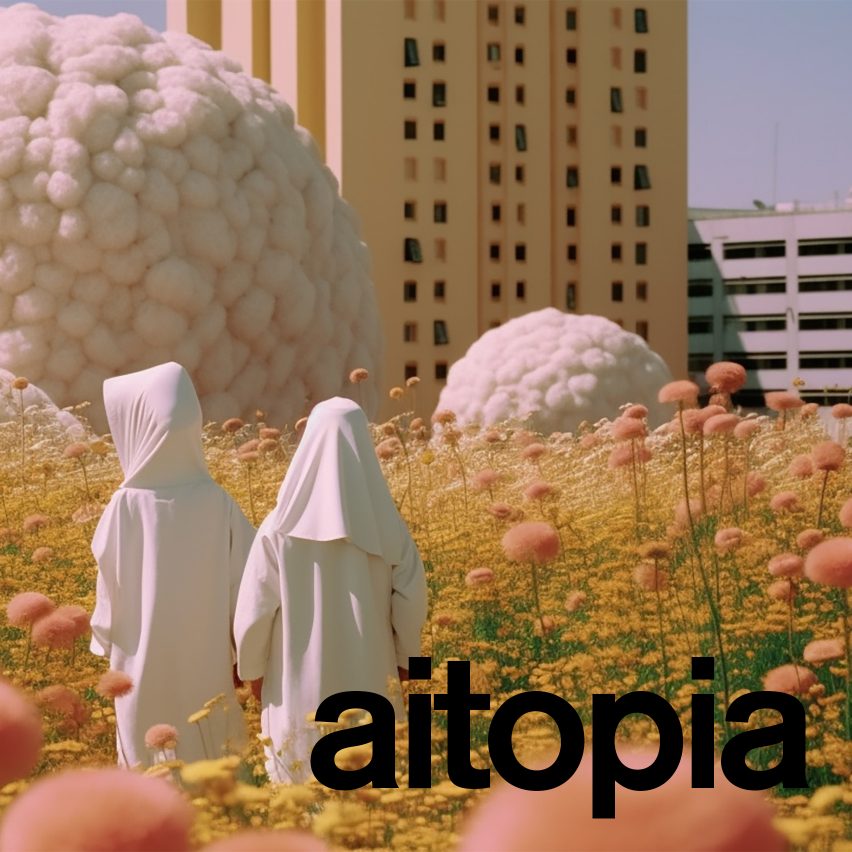
Architecture bodies responding to "real risks" of AI
Architecture bodies including RIBA and AIA are putting together guidance and policy requests to governments to help the profession deal with the potential risks and benefits of AI.
Artificial-intelligence (AI) technology has advanced rapidly in recent years, with the emergence of generative AI tools such as ChatGPT and Midjourney raising serious questions for the creative industries.
Architecture-specific AI models like LookX promise to revolutionise the process of designing buildings, but there have also been warnings that architects' jobs could become at risk.
RIBA formulating guidance
In the UK, the Royal Institute of British Architects (RIBA) said it is working with the government to produce guidance around the technology.
"AI presents exciting opportunities for the future of architecture in areas like design, workflow and various kinds of calculation," a RIBA spokesperson told Dezeen. "However, there are also potential risks that we must consider and mitigate."
"As this technology evolves at a rapid pace and the landscape changes quickly, we are currently working with expert members and government to help formulate guidance and to advocate in the profession's best interests," they continued.
Across the Atlantic, the American Institute of Architects (AIA) told Dezeen it is actively examining issues and opportunities around AI.
"At AIA, we are constantly monitoring, tracking, and sharing the issues and technologies which help our members best serve their firms," said AIA chief executive Lakisha Ann Woods.
"There are elements of the work where AI can complement and increase efficiencies, however, when it comes to stability, reliability and functionality, you can't substitute the expertise of an architect."
A recent AIA survey found that while only five per cent of US architecture studios report early adoption of AI models, 90 per cent expect to be using the technology more over the next three years.
Australian architects "expressed mix of concern and excitement"
Meanwhile the Australian Institute of Architects last month filed a submission to the Australian government about the use of AI, seen by Dezeen.
"While the institute does not believe we should fear AI, the Australian government should ensure that there is an appropriate regulatory environment to mitigate the potential downsides," the document states.
"Like many professions, the architecture profession is starting to grapple with the potential (and real) risks and rewards of using AI. Our members have expressed a mix of concern and excitement involving AI, both as it relates to the profession and in everyday life."
The document highlights perceived benefits and areas of concern for architects associated with the technology.
Among the benefits, it lists speeding up manual-intensive work, early identification of code or design problems and help with renderings and visualisations.
Employment prospects, loss of skills and knowledge arising from over-reliance on AI and intellectual-property issues are among the concerns listed.
The first architects' union in the US, a chapter of the International Association of Machinists and Aerospace Workers at Bernheimer Architecture, told Dezeen that it acknowledged "the potential for artificial intelligence to be integrated with design tools in innovative ways".
"AI technology, however, should not take the space and place of human labor," the union's negotiating committee told Dezeen via a joint statement with the Bernheimer Architecture management.
"Architecture is a profession driven by human creativity and the reality of architectural labor is that it requires a well-rounded set of skills beyond what AI can replicate."
The photo is by Philip Vile.

AItopia
This article is part of Dezeen's AItopia series, which explores the impact of artificial intelligence (AI) on design, architecture and humanity, both now and in the future.